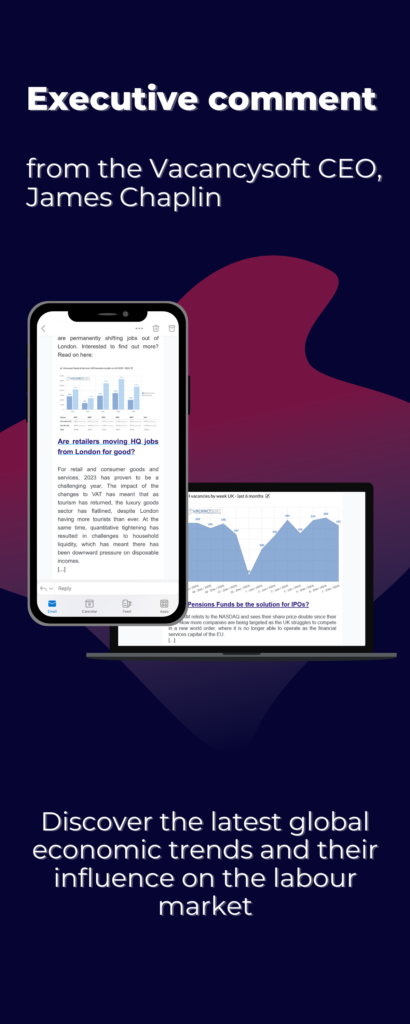
Changing job is never an easy decision,
In terms of push factors, most people have a good radar for whether the company they are working in is meeting their needs. Issues to think through include:
- Professional Development. Is this somewhere where you are developing either in terms of your skills or your responsibilities? Be wary of a place that is happy for you to stagnate.
- Work / Life Balance. Does the company have a culture of face time, so working long hours as a badge of honour? Realistically, working longer hours without breaks is more likely to result in mistakes and burnout. Make sure you are not exposed to
that, if you are expected to work longer hours than your contract stipulates, ask why. If your manager has an issue because you want to take the vacation you are entitled to, think long and hard about your position.
- Culture. Does the leadership look to create an inclusive culture? Do you feel that your line manager is invested
into your success? How is conflict resolved when it happens? How meritocratic is the business? Use portals such as glassdoor to help you with this.
Indeed exit interviews show that the reason people change jobs is rarely to do with money, but to do with these issues, where a direct line manager typically has the biggest influence on staff engagement and retention. The best
Pull factors on top of this can include:
- Salary. It is a
well known phenomenon that whatever your current salary is, there will be someone out there prepared to pay more for you to do exactly the same thing. Whilst most people don’t move for this reason alone, it can be a nice surprise to see your salary go up as part of a move.
- Career path. The new employer has a plan for you which is more than just the next 12 months but potentially spans the next 36 or more, where they will help you advance in your career.
- Location. If the new job is closer to where you live than the current one, what does that mean in terms of your leisure
time. Imaginesaving one hour a day. What would you do with that time?
Finally, timing is worth considering. Factor the business cycle is a bit like a sports season, so there will be a plan for the year, with targets to hit, where people are hired in order to enable that. It is worth considering how realistic the business targets that are being set, especially for roles which have a high OTE dimension. Sometimes it can make more sense to hold off moving until you can be sure to join at the beginning of a cycle, as opposed to midstream and be locked into a cycle that you can’t influence.
Also, joining a business because someone left unexpectedly is somewhat different
Finally, once you have made your decision, remember, your best chance to negotiate your package is before you accept
Over the last ten


